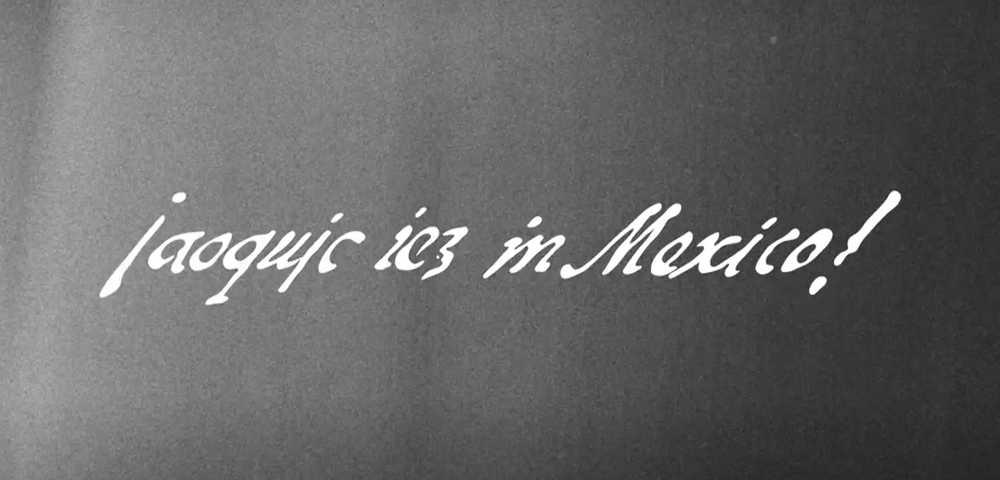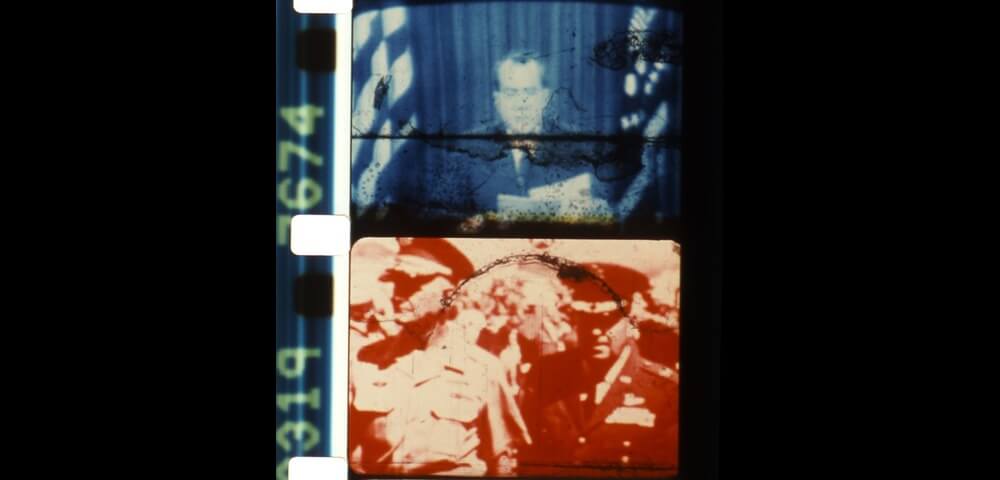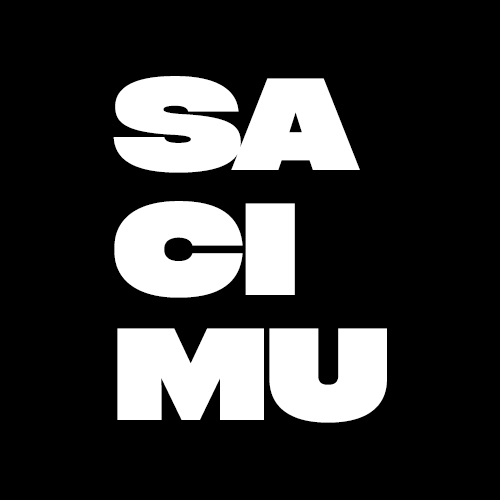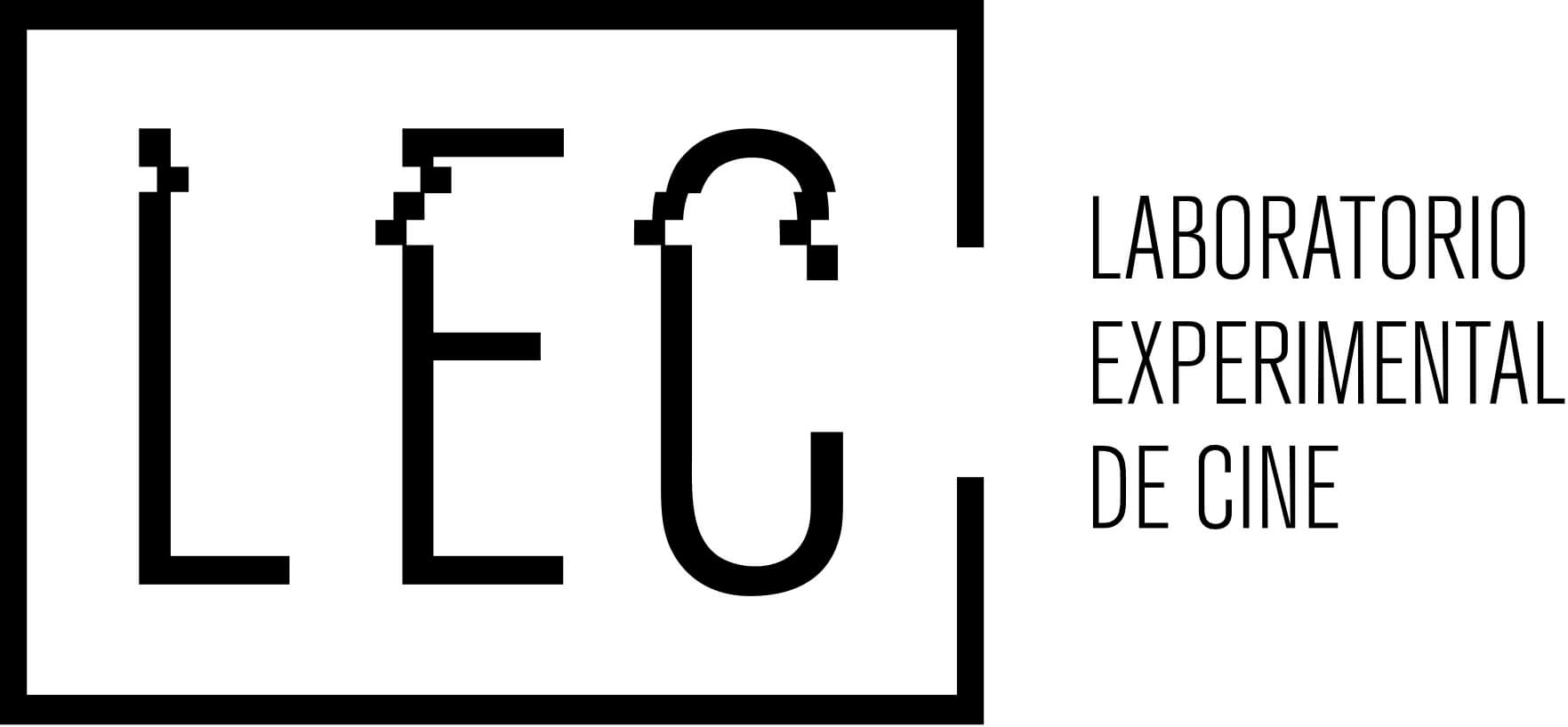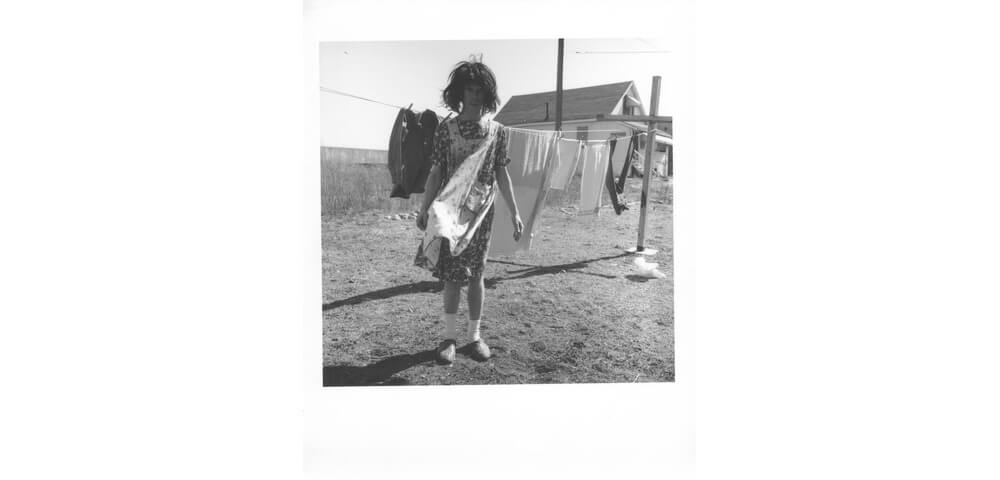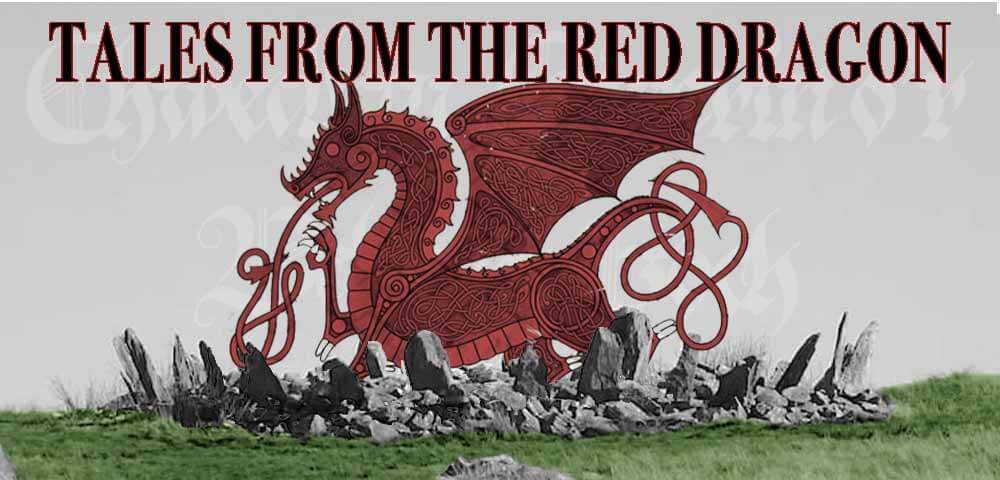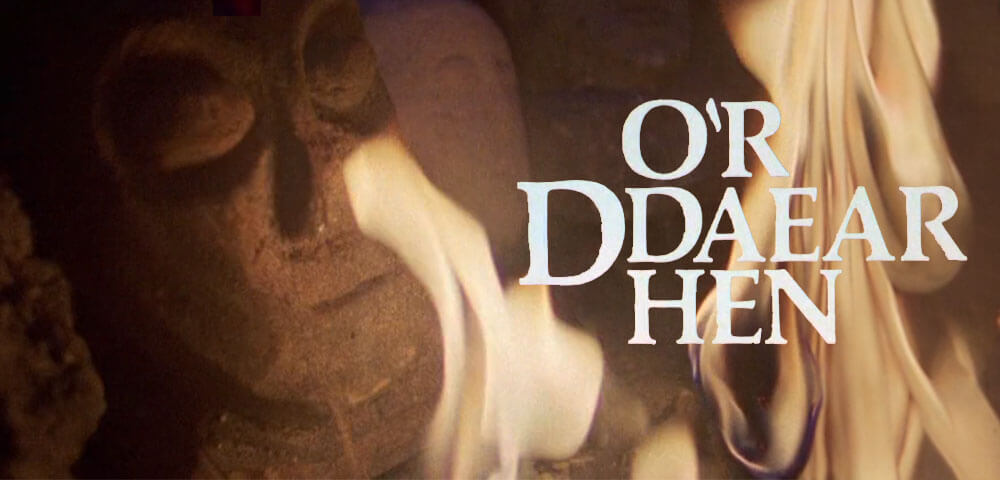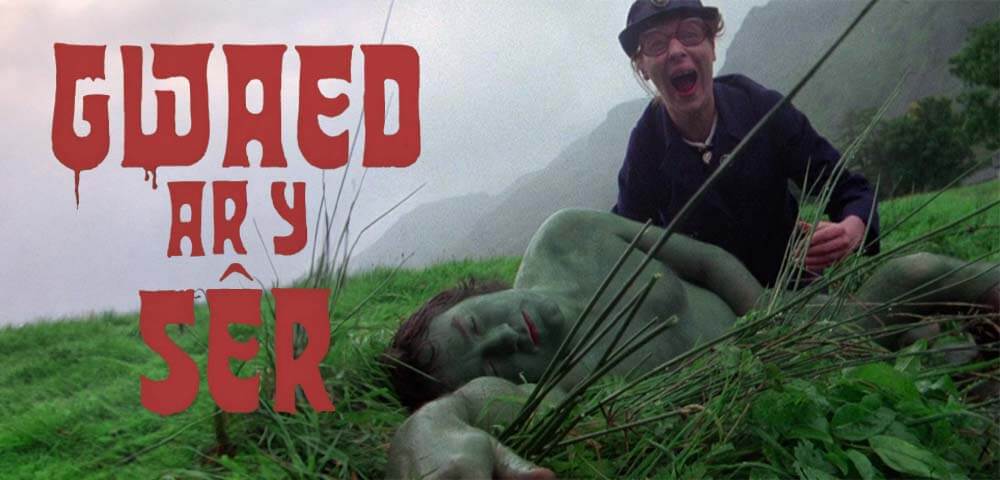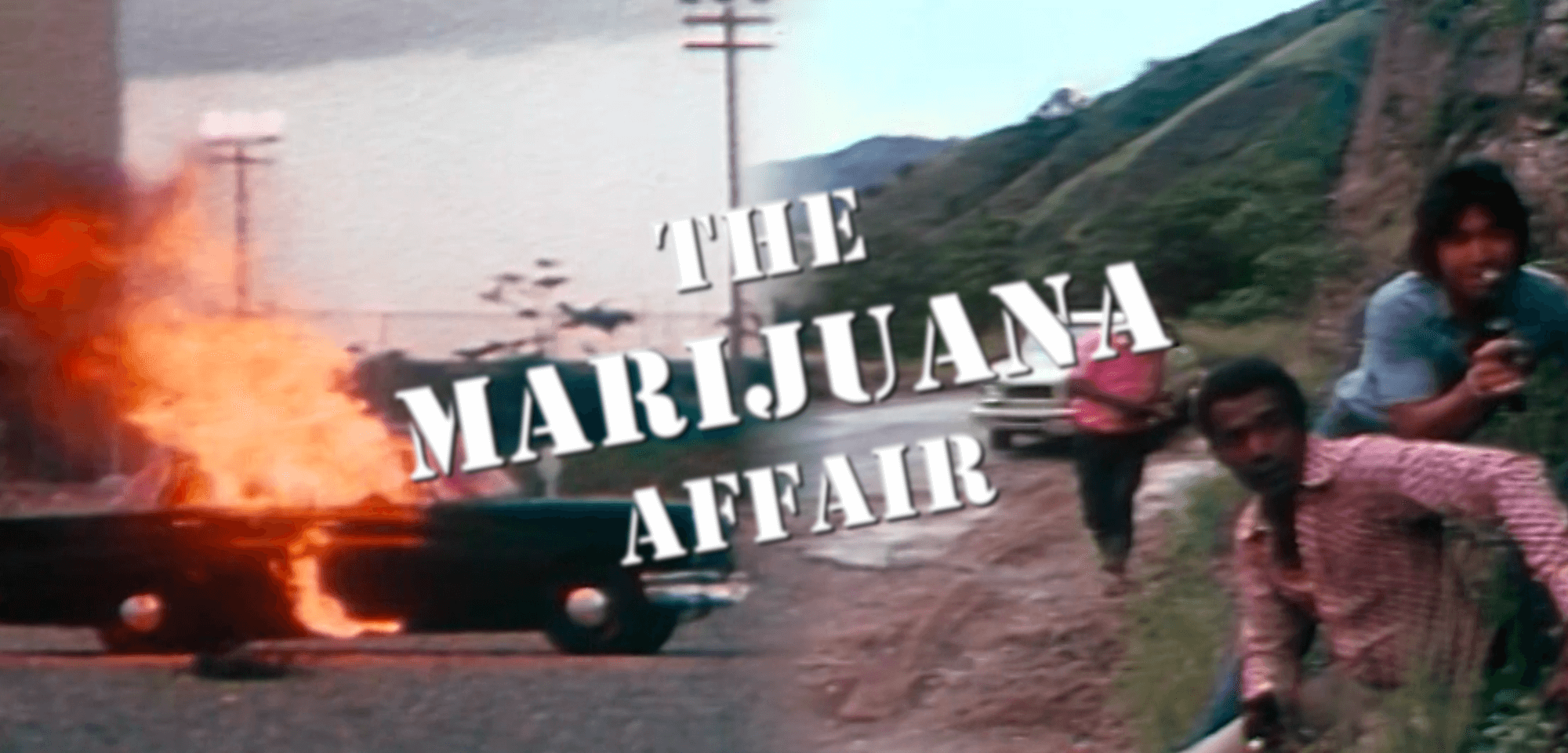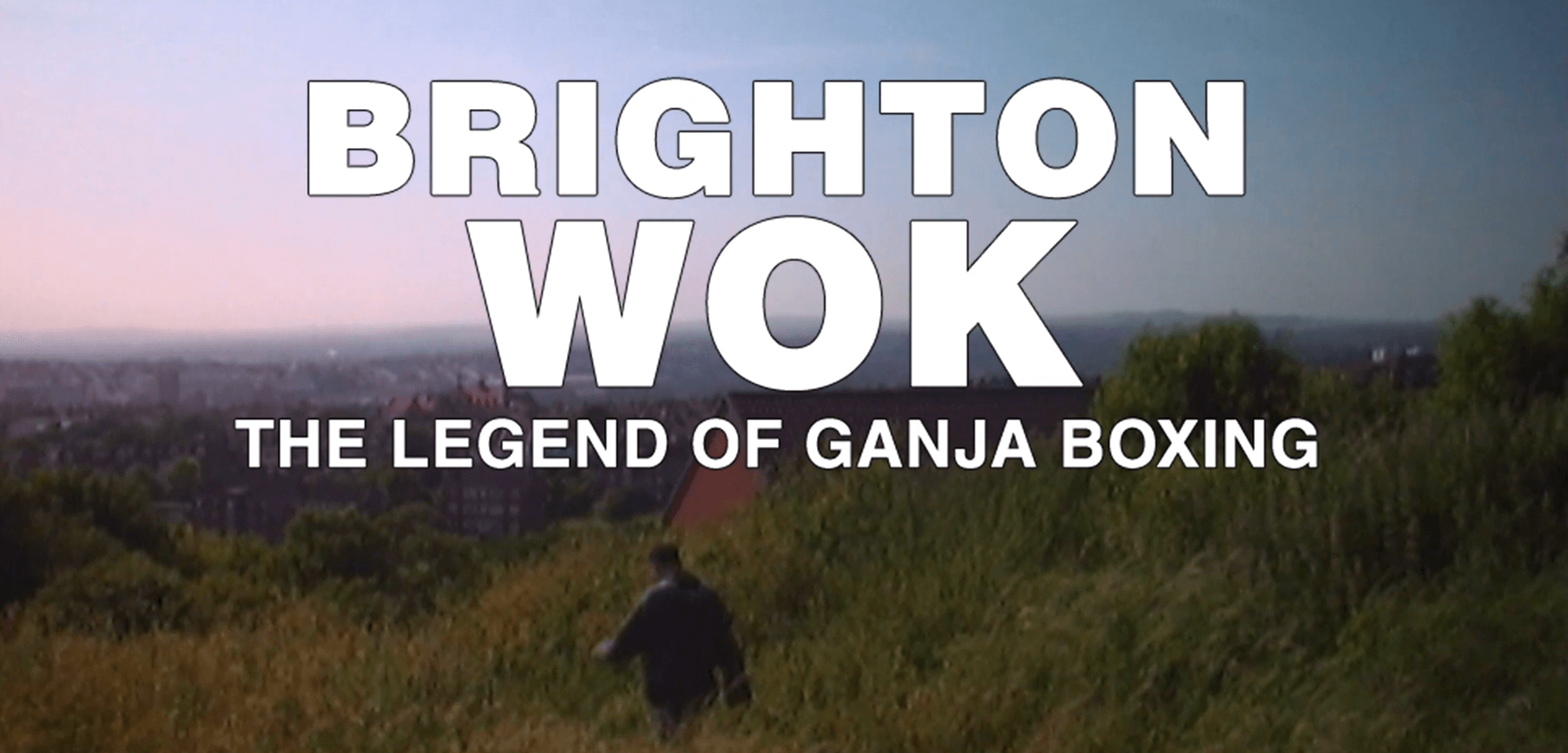
This month, Spectacle brings you an embarrassment of riches pulled deep from the vaults of Joseph Lai’s IFD Films & Arts.
Chances are if you’ve seen a questionably-dubbed actioner from the 70s/80s with the word “ninja” in the title, you may already be familiar with IFD’s oeuvre. Founded in 1973 by Joseph Lai, International Finance Development– not to be confused with Intercontinental Film Distributors, Lai’s sister’s production & distribution company where he got his start as a producer/director (trust us, it only gets more confusing from here)– began as a modestly-sized distribution company that specialized in bringing in European films to play on colonial Hong Kong’s English-language theater circuit; at the time a rarity for a Chinese-owned distributor.
But with limited resources, regular trips to Greece, Cannes, and Rome to source new titles proved untenable. Lai soon realized that it was both simpler and cheaper to source titles from South Korea, Taiwan, Thailand, the Philippines, and elsewhere throughout the Asia-Pacific region, dubbing them into English so as not to lose his foothold in the English-language circuit. By the late-70s, Lai would team up with fellow former Shaw Bros. acolyte Godfrey Ho– who helped pioneer the concept of the “cut-and-paste” film, mostly spliced together from existing works and given an original overdubbed narrative– and between them a new, supremely economical business model was born.
Over the next two decades, IFD Films & Arts would release upwards of 200 titles ranging from wholly original masterpieces to films cobbled together from sources so disparate that they supposedly didn’t even know who to credit as director. These four films showcase the variety and sheer audacity of ideas that the IFD catalogue has to offer.
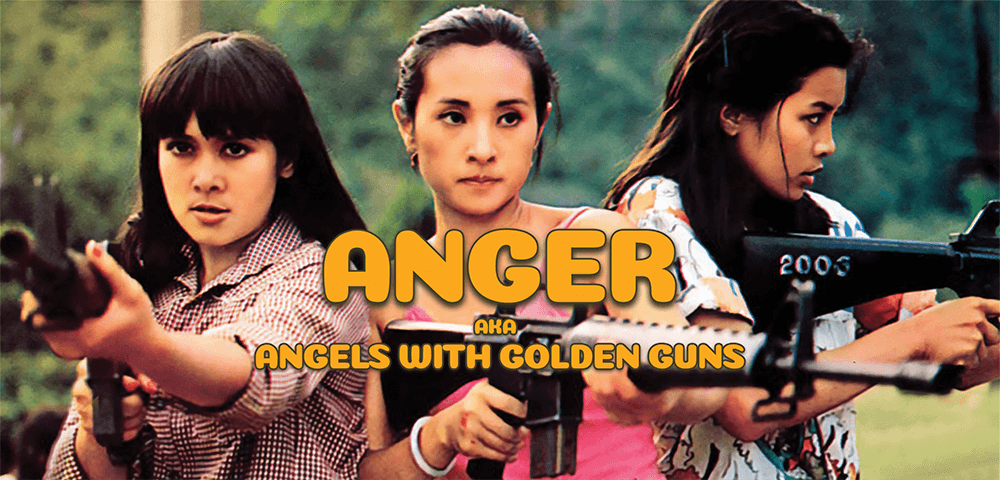
ANGER (领野)
aka ANGELS WITH GOLDEN GUNS
aka MARKING
aka VIRGIN APOCALYPSE
dir. Leung Pasan, 1981
Hong Kong/Philippines. 82 min.
In English (dubbed).
FRIDAY, APRIL 4 – MIDNIGHT
TUESDAY, APRIL 8 – 10 PM
SATURDAY, APRIL 12 – 10 PM
MONDAY, APRIL 21 – 10 PM
WARNING: This film contains a brief scene of animal violence.
A group of women imprisoned by a gang of white slavers mount a daring escape. Later, three of the survivors, with the help of an amorous disco-dancing undercover cop, take bloody revenge against their captors one by one.
Part titillating women-in-prison flick, part merciless revenge thriller, ANGER is a bonafide lost trash-terpiece courtesy of IFD. Needless to say there’s some questionable splicing & dicing of scenes from other films, but what it lacks in cohesion it more than makes up for with its excess of over-the-top action: Gun fights, fist fights, a, uh… “mummy” fight, and what’s quite possibly the largest prison cat fight ever put to film.
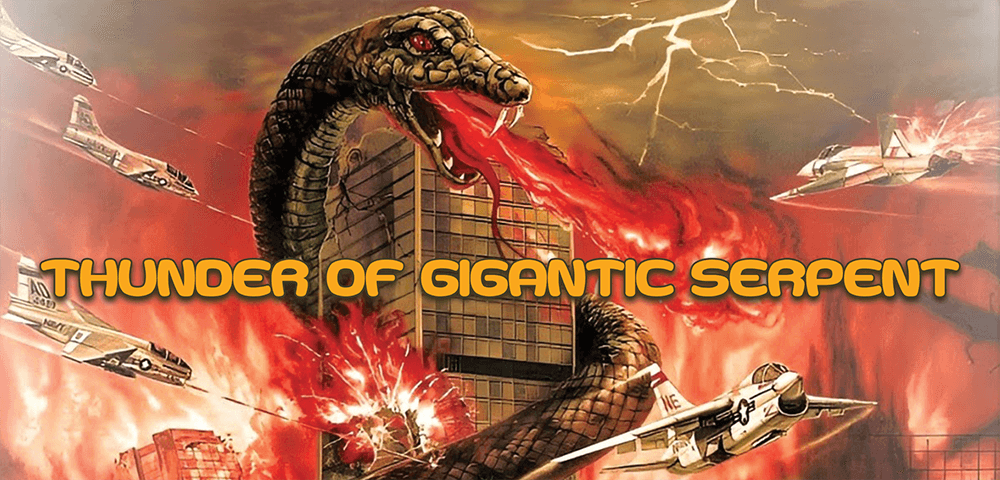
THUNDER OF GIGANTIC SERPENT (大蛇王)
dir. Lee Chiu & Godfrey Ho, 1984/1987
Taiwan/Hong Kong. 87 min.
In English (dubbed).
WEDNESDAY, APRIL 2 – 10 PM
MONDAY, APRIL 7 – 10 PM
SATURDAY, APRIL 12 – MIDNIGHT
WEDNESDAY, APRIL 30 – 10 PM
A top secret formula called “The Thunder Project” that causes plants and animals to grow a thousand times in size is stolen by a terrorist organization led by the ruthless Solomon. The formula is lost in the ensuing chase, but is later recovered by a young girl who accidentally exposes her pet snake Martha to it, turning Martha into an immense skyscraper-sized serpent. While an American mercenary pursues Solomon and his terrorists, the terrorists go after the girl, sending Martha on a deadly rampage that reduces much of Hong Kong to a pile of rubble.
Largely adapted from the Taiwanese kid-friendly kaiju feature, KING OF SNAKE, Lee Chiu & Godfrey Ho’s THUNDER OF GIGANTIC SERPENT is an insane piece of work even by IFD standards. The film falls somewhere between G-rated E.T. riff and R-rated shoot-’em-up, pivoting between cutesy animal antics and gun-blazing violence on a dime, and ending in a trail of destruction that would make Godzilla blush. Quite possibly the crown jewel of IFD’s library despite there not being a ninja in sight.
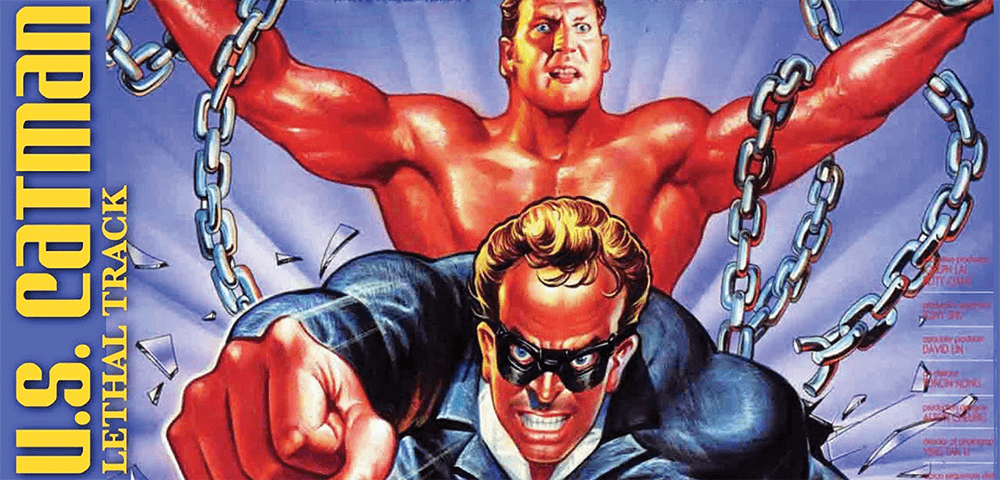
U.S. CATMAN: LETHAL TRACK (英勇幹探)
aka CATMAN IN LETHAL TRACK
dir. Godfrey Ho, 1989
Hong Kong/United States. 90 min.
In English (dubbed).
SATURDAY, APRIL 5 – 10 PM
TUESDAY, APRIL 15 – 10 PM
SATURDAY, APRIL 19 – 10 PM
WEDNESDAY, APRIL 23 – 7:30 PM
Sam is a courier running a top secret delivery for the CIA. The precious cargo: A radioactive cat. When a couple of junkies attempt to steal his van, Sam is scratched by the cat and begins to develop strange new powers including super strength, the ability to manipulate electronics, and, like all cats, the power to light cigarettes with his mind (and possibly something involving his dick but that one isn’t made super clear). As the masked vigilante Catman, Sam teams up with his non-superpowered buddy Gus to fight crime, eventually pitting them against the villainous Father Cheever, an evil priest who, like all clergy, is hellbent on world domination. There’s also an unrelated war happening between some Southeast Asian gangs and an unnamed “security organization”, which is neither here nor there but we at least get some kickass fights out of it.
“CATMAN IN LETHAL TRACK is truly one of the masterworks of the decade […] It also contains a vivid and livley [sic] musical score- it is un-parraleled [sic] even to the masterpeices [sic] of mozart, beethoven, bach, and others. It’s a fine movie that is for the whole family to enjoy.”
—IMDb user oboeman413
(Spectacle would like to note that this is not, in fact, a movie for the whole family to enjoy.)
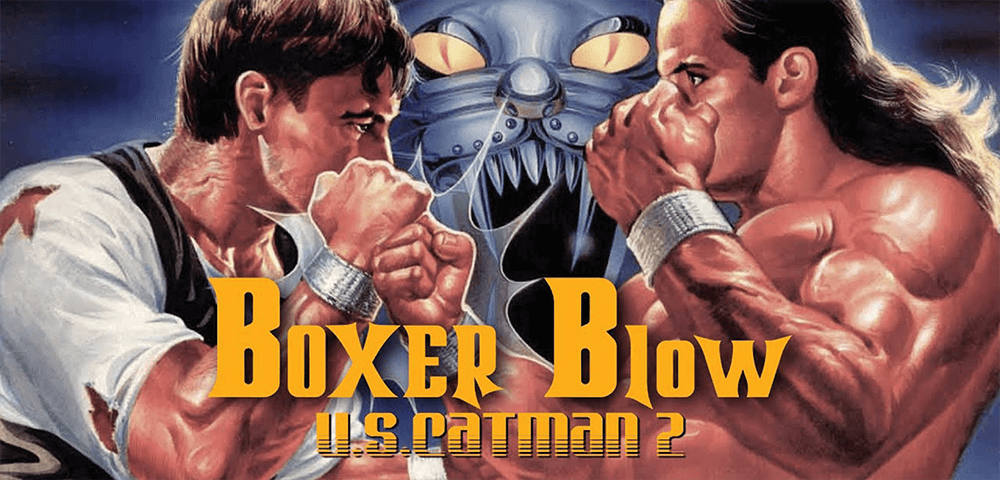
U.S. CATMAN 2: BOXER BLOW (勇鬥地頭龍)
aka CATMAN IN BOXER’S BLOW
dir. Godfrey Ho, 1989
Hong Kong/United States. 89 min.
In English (dubbed).
SATURDAY, APRIL 5 – MIDNIGHT
WEDNESDAY, APRIL 16 – 10 PM
SATURDAY, APRIL 19 – MIDNIGHT
WEDNESDAY, APRIL 23 – 10 PM
Sam and Gus are back for another Cat-tastic adventure. With Cheever dead, a new villain has literally punched his way up the corporate ladder and installed himself as the leader of Cheever’s old gang. It once again falls on our fighting feline vigilantes to finish the gang off once and for all. “But what about the movie’s other 70 minutes,” you ask? Unclear! There’s a subplot involving an escaped convict caught up in violent gang war, and another about a woman with a mysterious secret involving nuclear weapons searching for her uncle deep in the jungles of Thailand San Francisco. But mostly what it is is fighting… like *a lot* of fighting… like twentysomething different fight scenes featuring fists, guns, swords, sticks, stones, nunchucks, tables, chairs, and even a weedwacker all flying furiously across your screen, truly defying the definition of “filler”.
“CATMAN IN BOXER’S BLOW is truly one of the masterworks of the decade […] It also contains a vivid and livley [sic] musical score- it is un-parraleled [sic] even to the masterpeices [sic] of mozart, beethoven, bach, and others. It’s a fine movie that is for the whole family to enjoy.”
—IMDb user Userdoe1560
(Spectacle would once again like to note that this is most certainly not a movie for the whole family to enjoy. Please do not bring your kids.)
Special thanks to IFD Film Arts & Services.


